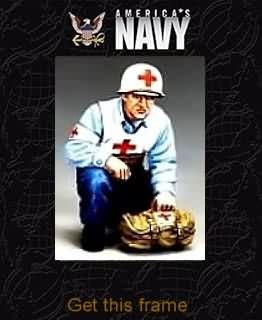Squadron VB-80’s first combat came on November 5 at Manila.
Six days after their first combat, Ticonderoga’s
Helldivers were part of a Task Force 38.3 attack
on a Japanese convoy, TA-4, coming from Manila
and approaching Ormoc City on the island of
Leyte. The convoy under Rear Admiral Mikio Hayakawa became a target for carrier-based naval
aviators.
The date, 11 November, 1944.
Only sporadic gunfire greeted the Helldivers.
They rolled in. Ormoc became a one-sided action. Not one of the Japanese ships reached its
destination. Admiral Hayakawa perished amid the carnage.
A couple of Helldivers were hit by anti-aircraft
fire but none was lost. Ormoc became a slaughter. The Helldiver aircrews of VB-80 were
credited with sinking or damaging three Japanese transports and two destroyers.
After strikes of 11 November, VB-80 returned to the
launching area off Luzon for two more days of bombing in Manila Bay on November 13 and 14,
1944.
On an early morning strike on the 13th, the
anti-aircraft fire from Japanese ships and shore batteries was very heavy. On that mission, a VB-80 Helldiver carrying Ensign John
Manchester and gunner John Griffith, was hit by anti-aircraft fire and blown out of the sky. No trace of the dive-bomber or its crew was ever found.
Pilots of VB-80 attacked the 5,100-ton Kuma-class light cruiser Kiso in Manila Bay.
Kiso was the flagship of the Japanese 5th Fleet, Vice Admiral Kiyohide Shima commanding. Dozens of carrier planes from several squadrons had some role in the attack, but VB-80 Helldiver pilots Downey, Walsh, and Lieutenant (j.g.) Leslie B. Case were the ones who made direct hits with 1,000-pound bombs.
Lt. Cmdr. Walsk: “A cruiser is a narrow target,” said Walsh. “I stayed in my dive until I was confident of scoring a hit, and released the bomb. At that speed another two seconds would have made me a suicide pilot. I pulled out hard; probably 13 Gs.
Downey’s bomb went straight down the No. 1 stack to the boiler room, detonated, and separated the stack from Kiso’s main hull in a messy clatter of debris.















